Organizations in the healthcare space would do well to invest in their online presence. Why? Because more and more people—including healthcare professionals—are turning to the internet for information about diseases, treatments, and drugs. According to a report by Leverage Marketing, 78% of physicians go online to reference drug data. And 80% of Americans head to the web to find information about a medical condition or drug.
Short videos—which can be embedded on your website, shared on social media, and sent by email—are an excellent way to create an impact online and ensure message consistency.
Why opt for medical whiteboard videos?
There are significant benefits to whiteboard animation.
As far as videos go, whiteboard animation is particularly strong at explaining complex information simply. And compared to talking head videos, research from the University of Hertfordshire’s Professor Richard Wiseman shows that whiteboard videos:
- Are rated as 33% more entertaining
- Deliver a 15% higher recall rate
- Are 66% more likely to be shared
More recently, our own whiteboard videos were statistically proven to increase viewers’ knowledge, confidence and motivation to act.
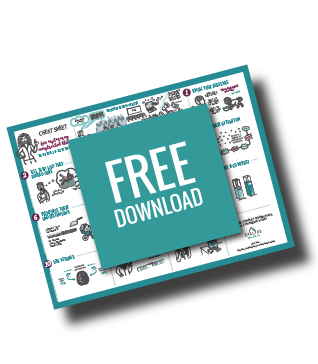
Learn to explain complicated things in a simple way
Find out how to explain complicated things in a simple way that attracts and holds attention, builds trust, engages your audience, and moves them to act.
Tips for creating effective medical videos
Here are a few best practices that you should take into account when producing your next healthcare animation.
Clearly define your audience
This one should come as no surprise. When you produce your medical animated video, you should always have your audience squarely in mind. Who are your viewers? What makes them tick? What problems keep them up at night? What are their main objectives? What information do you need to share with them for the video to hit its mark? These are all important questions to ponder.
Medical videos, in particular, may have several categories of viewers, including healthcare professionals, patients, and their families and caregivers. Be sure to tailor the video’s content and messaging to the needs and concerns of these audiences. This can help ensure that the video is relevant and engaging to the people you are trying to reach.
Tell them why they should care
Before your video launches into its explanation, make sure that your audience understands how they will benefit from what you’re sharing with them. That way, they’ll pay more attention.
For example, note how If you want a physician to change their approach to diagnosing cardiovascular risk, you could point out that their current approach puts them at risk of making a grave mistake. Check out our whiteboard video, at 2:14, to see how we did that here:
Make the script clear and compelling
The whole point of healthcare explainer videos is to make complex information easier to understand. But, using medical jargon can have the opposite effect, especially when you’re addressing audiences with more limited medical experience. The quality of your script can make or break your medical whiteboard video.
Separating out crucial information and using concise language that’s easy to understand is essential. Avoid using jargon and consider including examples or metaphors to aid comprehension. This approach can help explain complex concepts simply and improve the success of healthcare whiteboard videos.
Keep it short
People’s attention spans are limited, and they may quickly lose interest if your animated video is too long. Ideally, the video should be long enough to explain the topic thoroughly, but short enough to keep viewers engaged. Generally, a medical animated video should be between 1-3 minutes in length, depending on the complexity of the subject matter. If you find that you have more information to convey, consider creating a series of shorter videos that can be watched sequentially the way we did with our whiteboard animated series on deprescribing drugs.
Use effective visual aids and animation
Medical concepts can be complex and difficult to understand. Simplify and explain them in a way that is engaging and easy to comprehend with the right combination of text, images, and animation to create compelling visual aids. Using these powerful tools helps communicate complex medical concepts more clearly and effectively, leading to better understanding, improved patient outcomes, and more successful medical initiatives overall.
In this video, at 0:33, see how our animation of an artery being blocked by apoB lipoprotein is much simpler to understand.
Inject a little humour where appropriate
In medical animated videos, humour is often used to answer awkward questions and tackle taboo subjects and make them less daunting. It can be tough to strike the right balance between being sensitive and upbeat. Just remember to keep the tone respectful and be mindful of the viewer’s emotions.
See how in this whiteboard video, at 0:26, we injected sound effects and funny visuals to inject light humour around a sensitive topic.
Show empathy
Keep in mind that your audience may be feeling a bit vulnerable and anxious. In fact, sometimes people turn to digital resources when they feel their doctor isn’t providing the support they need. That’s why it’s crucial to create healthcare explainer videos that are empathetic and compassionate. You want your viewers to feel heard and understood, and that their concerns are being addressed.
When writing your script, make sure to take a friendly, helpful approach. This way, you can provide your viewers with the information they need while also showing that you understand their struggle.
Find the right voiceover artist
Selecting the right voiceover artist for a medical animated video is crucial. Look for someone who can deliver information in a clear, reassuring tone and accurately pronounce long, complex medical terms. Consider selecting someone with experience in medical voiceovers or working in the medical field, and ask for samples or demos to evaluate their delivery and pronunciation. The right voiceover artist can greatly impact the video’s effectiveness in educating and engaging viewers.
We loved the voiceover in this video on estimating cardiovascular risk. See how smoothly, at 0:54, she pronounced “familial hypercholesterolemia” and “familial combined hyperlipidemia”. (I’m not sure I could have done it!)
Overall, the key to creating effective medical animations is to focus on clear, concise communication and engaging visuals that are tailored to the needs and concerns of the target audience. By following these best practices, you can help educate and inform viewers about important healthcare topics and services.
Need some help?
If you’re interested in producing your own medical animated video, Exaltus can help! Contact us today to get a free consultation and a personalized quote, and be sure to check out more of the whiteboard animation examples in our portfolio. And if you enjoyed this post, sign up to our email list and get our next one, right in your inbox!

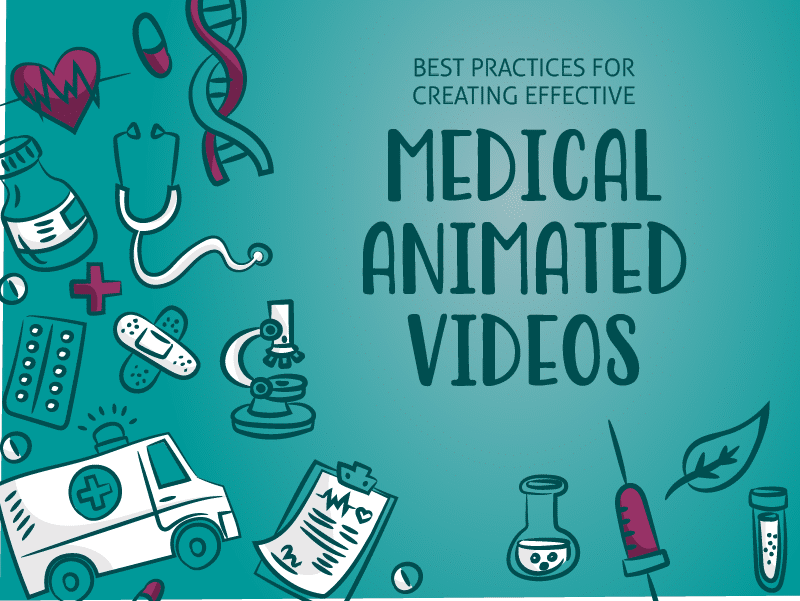
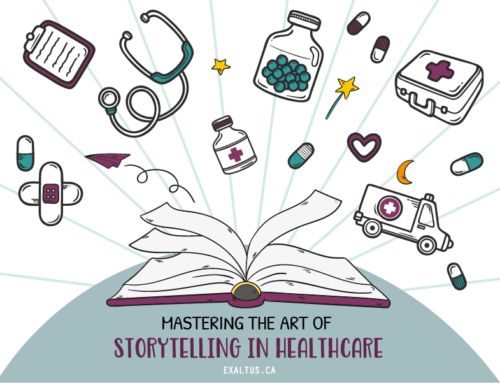
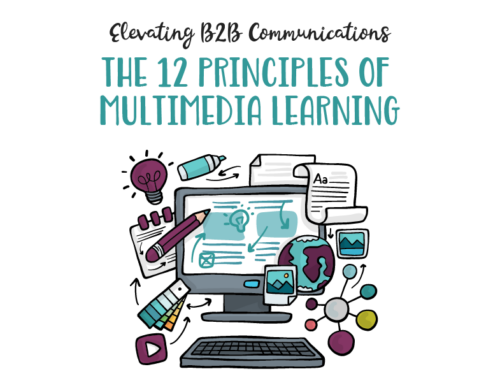

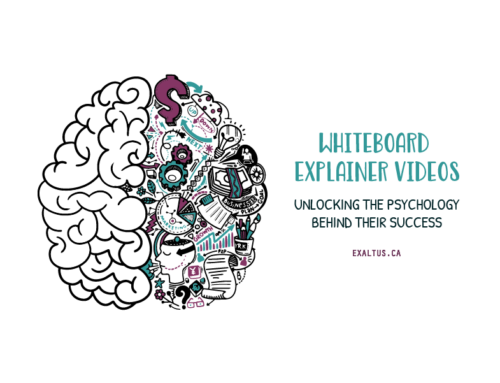
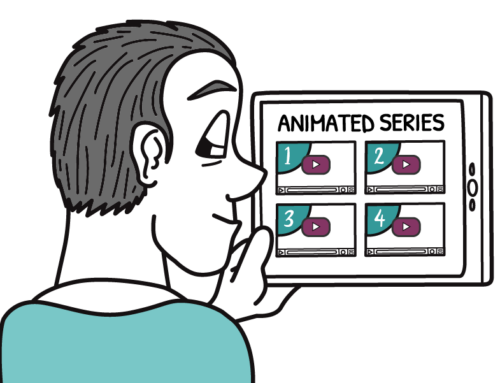
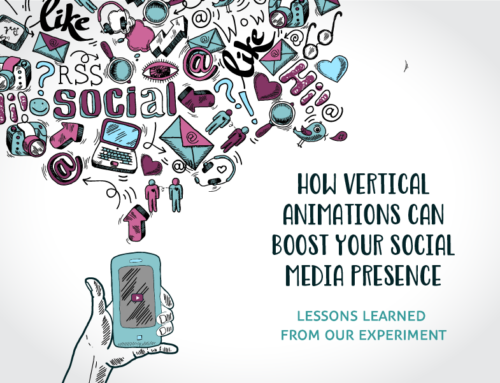
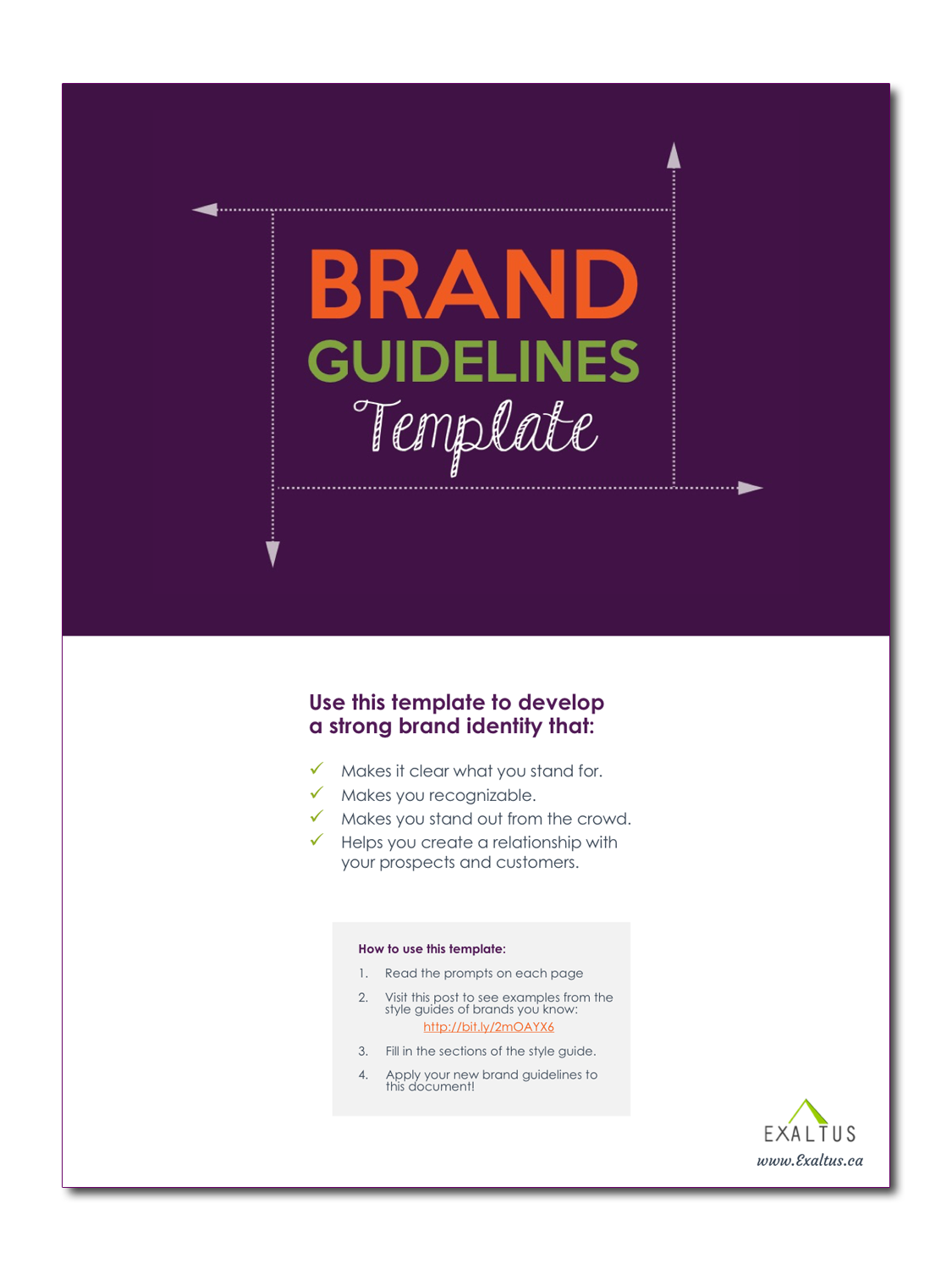

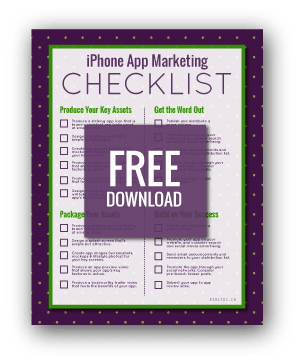
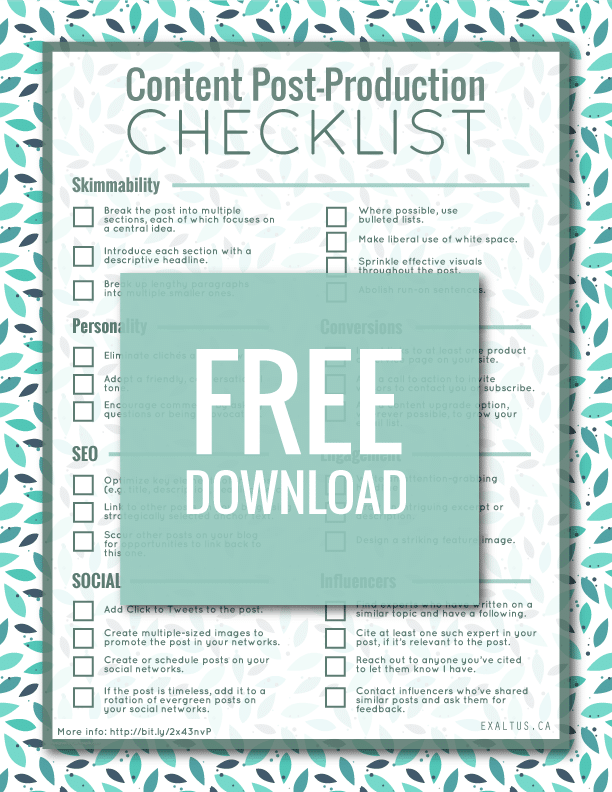
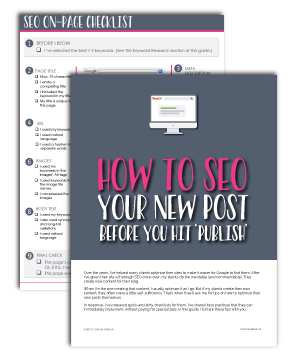
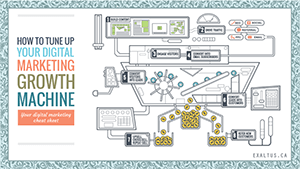
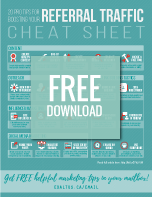

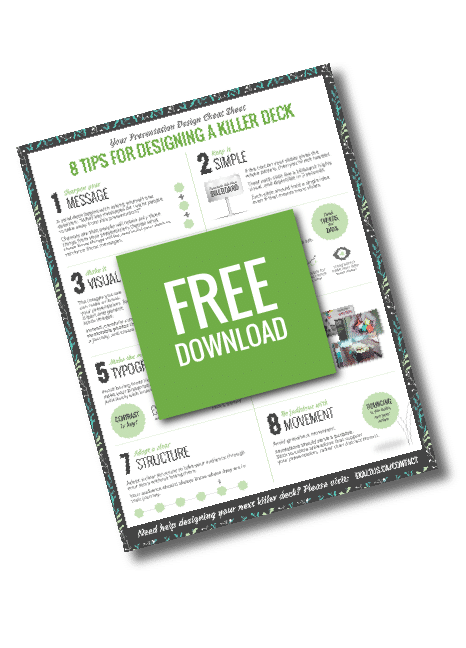



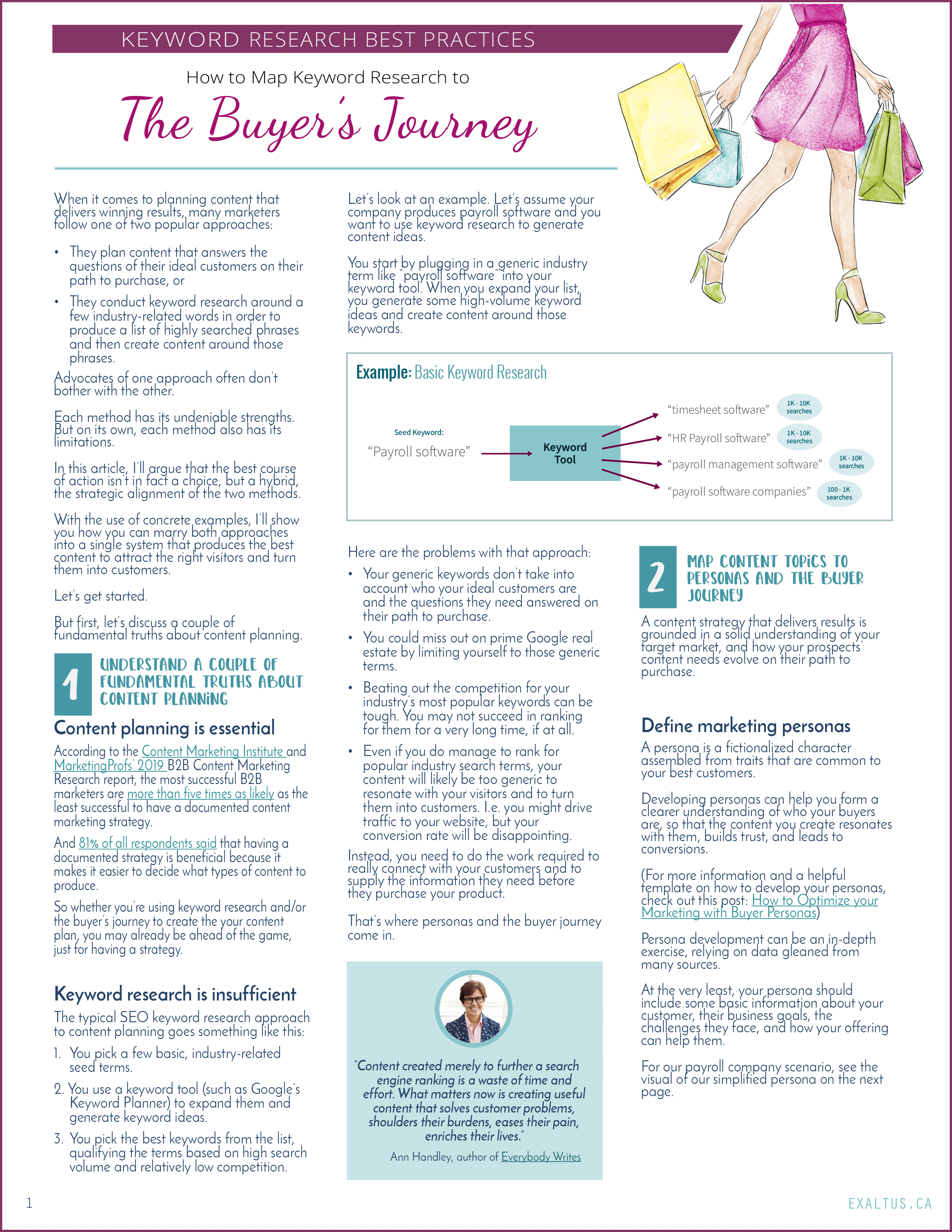
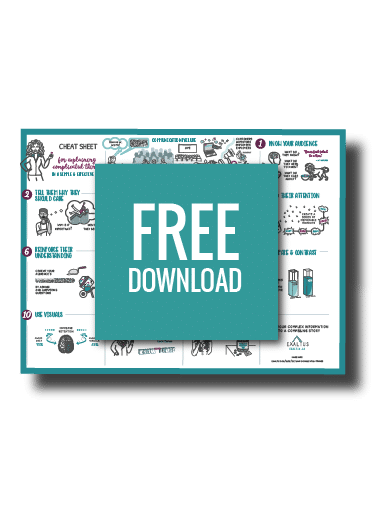


Leave A Comment